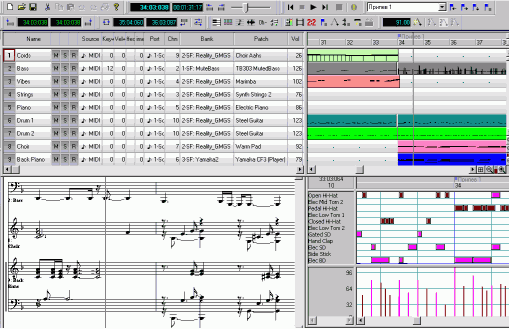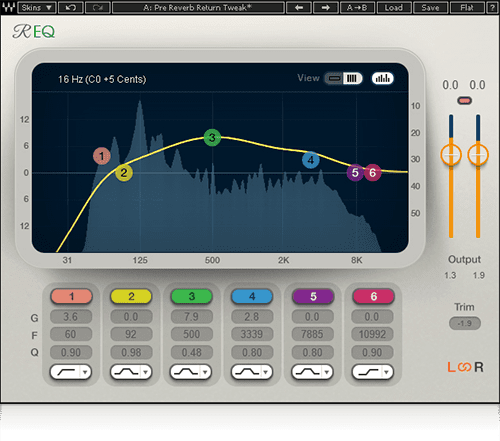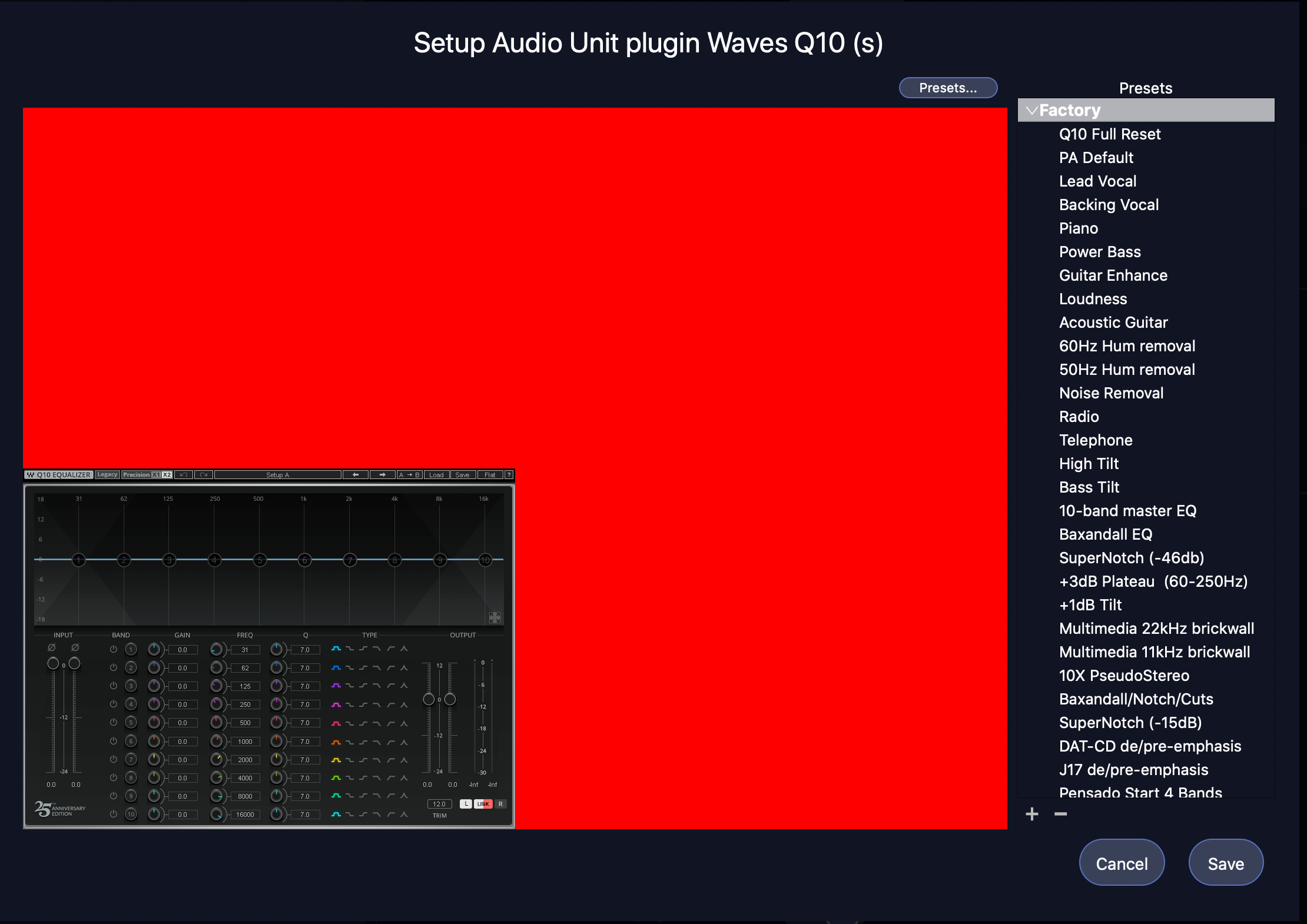

What is parametric audio equalization? Parametric EQ offers full customization of a set number of EQ filters. In this article, we'll consider what I believe to be the top 10 stand-out digital parametric EQ plugins. Though some parametric EQ plugins aim to emulate analog parametric EQ and even specific hardware EQs, there are plenty of digital EQ options to choose from. So then it makes sense how there are so many equalizer plugins on the market. Equalization is considered to be one of the most important tools in the audio engineer's toolbox.

Plugins are, therefore, invaluable assets for the modern audio engineer. But since you can adjust the center frequency of each slider, it has some of the characteristics of a parametric equalizer, hence the hybrid term, “paragraphic” is sometimes used to describe it.We're currently living in the age of digital audio, and in-the-box mixing within a digital audio workstation is commonplace. The “graphic” term means it has sliders, and is not therefore a ‘parametric’ equalizer. This is also why this equalizer can be called a ‘paragraphic’ equalizer. Essentially, these bottom switches allow you to fine tune the sound adjustments possible from this equalizer. The entire frequency band would move, for instance, on the first 5,500 hertz position, your new band controlled by the corresponding upper slider would be 4,500 hertz to 6,500 hertz. For a hypothetical example, assume there is a slider that would normally control the band of 5,000-7000 hertz, then the switch underneath that slider would let you select the effective center of that slider as 5,500 hertz, 6,000 hertz, or 6,500 hertz. The corresponding lower switch allows you to slightly increase or decrease the band of frequencies controlled by the slider. Think of each upper slider as controlling a band of frequencies. Each switch adjusts the corresponding upper frequency slider control. The set of sliders at the bottom of the Soundshaper Three IC are not sliders at all, but three position switches.

It is not as wide or tall as the ADC Soundshaper Three IC (which is, I think the biggest of the ADC equalizers). It is a stunning companion to any of the ADC blackface equalizers. Whereas the SA-1 is a gorgeous piece of audio hardware designed to sit on the shelf with your other audio equipment. A sound level meter is usually used for adjustments, and then stored away somewhere.
Paragraphic eq generator#
The SA-1 can do what a sound level meter can do, but the SA-1 has the pink noise generator built in. ADC included a nice looking, slim silver microphone with the SA-1, although if you buy a used SA-1, the mic is often missing. The ADC SA-1 frequency spectrum analyzer also has a front jack.
Paragraphic eq Pc#
These days you can use a PC to generate pink noise, there are free programs that you can download that will do this, such as the Marchand Audio generator. You were supposed to play a pink noise record or tape through your speakers and use the meter to adjust the sliders on the equalizer until you had balanced frequency response in your room. My guess is that you can get any basic sound level meter to work if it can be physically plugged into the jack. ADC used to make a sound level meter that would work, I believe the model name was SLM-300. This is typically used to help the user to adjust the sliders and turnover switches to compensate for the frequency deficiencies of your listening room. Rather this jack is for a “Sound Level Meter”, which is essentially a meter with a built in microphone. The SLM jack on the ADC SoundShaper Three IC is not for a “sound level microphone”. To supplement and perhaps clarify some comments by others in this thread:


 0 kommentar(er)
0 kommentar(er)
